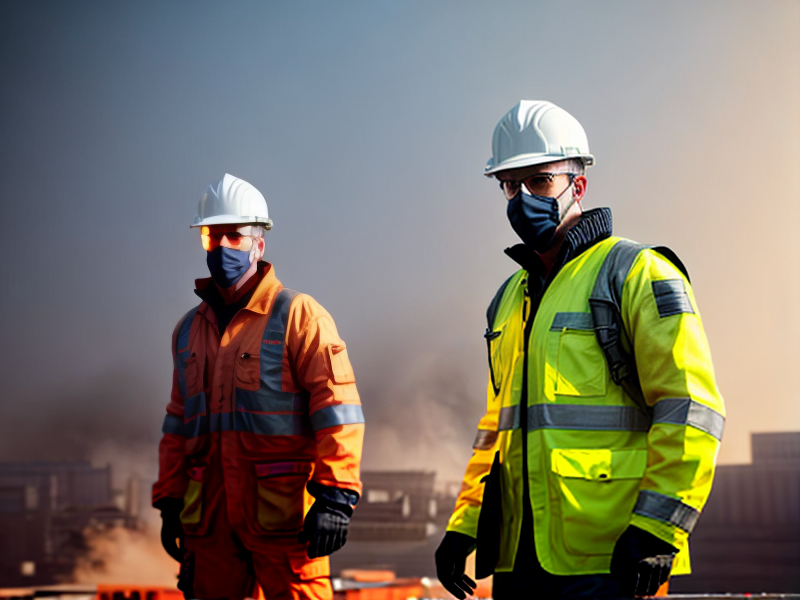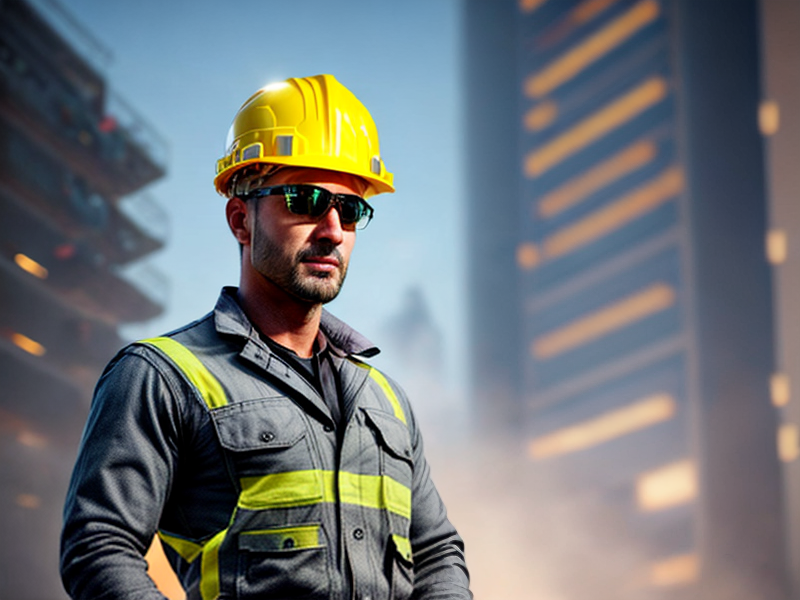Construction sites can be hazardous environments, with numerous risks and dangers present. It is crucial for every worker to prioritize safety to minimize accidents and injuries. By following essential safety tips, construction workers can ensure their well-being, protect their fellow workers, and improve overall job site productivity. In this article, we will discuss ten crucial safety tips that every construction worker should know to create a safe and secure work environment.
Wear proper personal protective equipment (PPE)
Wearing the appropriate personal protective equipment is imperative on construction sites. PPE includes items like hard hats, safety glasses, steel-toed boots, hearing protection, and high-visibility vests. Each worker should ensure they have the right PPE for their specific tasks to minimize the risk of head, eye, foot, and hearing injuries.
Conduct regular equipment inspections
Regular equipment inspections are crucial to identify any potential safety hazards. Workers should inspect tools, machinery, and equipment regularly, checking for signs of wear and tear, loose parts, and malfunctioning components. By conducting these inspections, workers can detect and address issues promptly, preventing accidents caused by faulty equipment.
Use proper lifting techniques
Improper lifting techniques can lead to strains, sprains, and back injuries. Workers should be trained in proper lifting techniques, including lifting with their legs instead of their back, keeping the load close to their bodies, and avoiding sudden twisting movements. By using proper lifting techniques, workers can reduce the risk of musculoskeletal injuries.
Ensure a clean and organized work area
Maintaining a clean and organized work area is essential for safety on construction sites. Tripping hazards such as debris, tools, and materials should be promptly removed or properly stored. Clutter-free work areas help prevent slips, trips, and falls, reducing the likelihood of severe injuries.
Follow proper safety signage and guidelines
Construction sites typically have safety signage and guidelines in place to communicate hazards and safety procedures. It is crucial for workers to familiarize themselves with these signs and guidelines and follow them diligently. Ignoring safety signage can lead to accidents and jeopardize the well-being of all workers on the site.

Be aware of electrical hazards
Construction sites often involve electrical work, and workers must be aware of electrical hazards. They should avoid working near exposed electrical wires, wear appropriate protective gloves when handling electrical components, and never overload electrical outlets. By understanding and adhering to electrical safety precautions, workers can prevent electrical shocks and fires.

Practice proper ladder safety
Ladders are commonly used in construction work and can pose significant risks when not used correctly. Workers should ensure ladders are stable, positioned on a level surface, and properly secured before use. Climbing ladders with both hands, facing the ladder, and not overreaching can help prevent falls and serious injuries.
Communicate effectively with co-workers
Clear and effective communication among co-workers is crucial for maintaining a safe construction site. Workers should communicate any potential hazards or unsafe conditions to their colleagues and supervisors promptly. Additionally, using hand signals, radios, or other communication devices can help avoid accidents caused by miscommunication.
Take regular breaks and stay hydrated
Construction work can be physically demanding, and workers need to take regular breaks and stay hydrated. Fatigue and dehydration can impair judgment and increase the risk of accidents. By giving their bodies necessary rest and staying hydrated, workers can remain alert and focused, minimizing the likelihood of errors that lead to injuries.
Follow proper emergency procedures
Knowing and following proper emergency procedures is vital in any workplace, including construction sites. Workers should be familiar with evacuation routes, first aid protocols, and how to respond to potential emergencies such as fires or injuries. Being prepared for emergencies can save lives and prevent further harm.
Construction site safety is a shared responsibility, and every worker plays a crucial role in maintaining a secure work environment. By following the ten essential safety tips outlined in this article, construction workers can protect themselves and their colleagues, reducing the incidence of accidents and injuries. Prioritizing safety not only improves the overall well-being of workers but also enhances productivity and job satisfaction.